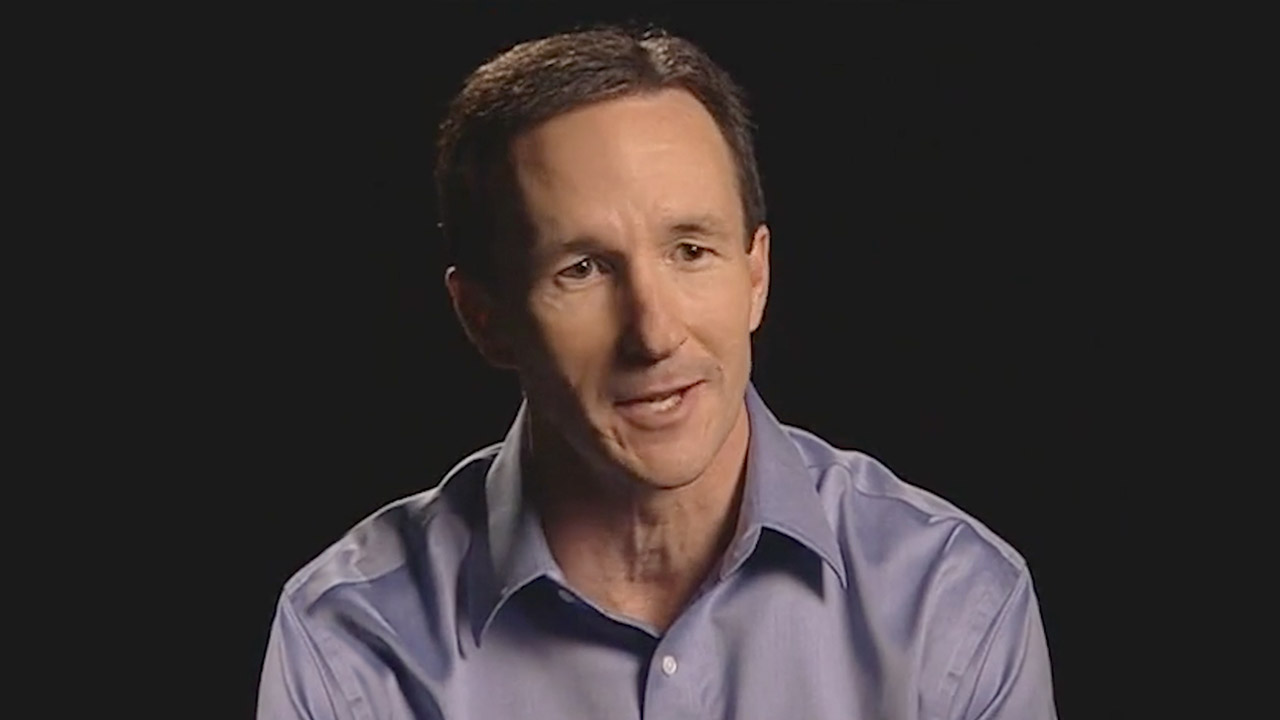Overview: Role, Responsibilities and Expectations (RREs)
What are RREs?
Role, Responsibilities and Expectations help you and your supervisor work together to ensure your ROLE is an individualized bundle of responsibilities and expectations that fit your aptitudes and interests and help you make the greatest contribution relative to others.
RESPONSIBILITIES define what you “own” or take care of based on comparative advantage. You are held accountable for your responsibilities. Examples include products, services, assets, activities, employees, projects, systems, and processes.
EXPECTATIONS focus on the desired outcomes rather than on the activities that might be required to produce those outcomes. They should be clear, specific, and, whenever possible, measurable.
A Principle-Based Approach
It is important to understand the principles that inform our approach to RREs. Without this knowledge, misapplications often occur. Here are some common misapplications (RREs are NOT...) and principles we strive to apply instead.
| Principles to apply with RREs... | RREs are NOT... |
|---|---|
| Respect: Treating people as individuals. Division of Labor by Comparative Advantage: Arranging responsibilities so everyone is doing work they are good at and care about in a way that maximizes the team’s overall results. Accountability: Because we are to hold ourselves accountable for results and achieving them in a principled manner, clarifying responsibilities and expectations is essential. Supervisor Responsibilities and Expectations: Supervisors have a responsibility to ensure employees have a clear, shared understanding of their responsibilities and expectations - and revisit them as team members and conditions change. |
|
What Does Developing Your RREs Look Like?
Fundamentally, developing RREs is a series of ongoing conversations with your supervisor. You will discuss and consider:
- Your business/team vision and associated strategies, goals and objectives.
- The nature of the work and what good looks like.
- Your gifts, skills, interests, development opportunities and possible stretch assignments.
- The gifts, skills and interests of other team members.
While many people find it beneficial to summarize their RREs in a document, that’s not the primary goal. Creating a document without conversations and a shared understanding is wasteful.
You might find the RRE Development Worksheet to be helpful as you work with your supervisor to define your responsibilities and expectations.
Click here for Other Languages
How Do You Use Your RREs?
You should use your RREs to focus your efforts and increase your contribution by…
- Understanding how your work contributes to business results
- Prioritizing work and eliminating waste
- Leveraging your gifts and demonstrating entrepreneurship
- Exemplifying stewardship with the resources entrusted to you
Examples: RRE Conversations
Developing and using your RREs to focus and increase your contributions is an ongoing process – one that prompts you to adjust as conditions change. Here are a few examples of RRE conversations.
- Changes in Vision or Priorities
- Someone Leaves the Team
- Too Much Work
- Too Little Work
Ari’s supervisor recently explained how their business strategy is changing from a regional support model to a national support model. In a one-on-one meeting, Ari describes how he sees his responsibilities changing – including dropping one that is no longer a priority. Ari’s supervisor agrees, and they spend the rest of the meeting exploring what good looks like.
Evelyn supervises the marketing team. An employee recently left the team, so Evelyn talks to each team member about how they might adjust their responsibilities. Each shares new responsibilities they want to take on and responsibilities they want to de-prioritize or give up completely. Evelyn takes time to consider everyone’s input and then works with each to adjust their RREs.
Remi’s work seems to come in waves – he's either slightly overwhelmed or completely overwhelmed. He talks to his supervisor about it, and she is surprised to learn how much Remi is doing when things are busy. Together they discuss different ways to smooth out the workload. While this is just the beginning of an ongoing conversation, Remi is pleased they’re working together to address it.
Fern gets done with her primary tasks quickly and is ready to do more, so she talks to her supervisor about taking on more responsibilities. They discuss various ideas, including a few stretch assignments, and decide to get back together next week after Fern considers what she is most interested in trying.
How Are RREs Related to Other Aspects of Employee Development?
RREs are one aspect of employee development—because each of us can develop through the work we are doing. All employee development activities have a purpose and are interrelated.

